Two recent budget presentations show different results on Cal State LA’s finances.
Lisa Chavez, the vice president for Administration and Finance, presented Cal State LA’s general budgeting and reserves during the Academic Senate meeting last Tuesday at the Golden Eagle Ballroom.
She revealed that Cal State LA had about $323 million in total general funds. According to Chavez, the money is distributed by the following:
- Salaries and Wages get about $149 million.
- Employee Benefits get about $76 million.
- Restricted Funds get about $79 million. Utilities and Special repairs, and Financial Aid programs are categories under the Restricted Funds.
- Operating Expense and Equipment get about $19 million.
In addition to revealing the guaranteed fund, Chavez also revealed that Cal State LA had $92 million in reserves. Chavez explained that a reserve is the leftover money from a yearly wage they receive. Therefore, after utilizing a certain amount of money, Cal State LA was left with $92 million that rolled over.
She then stated that a reserve is not a yearly wage, but is considered the leftover money from a previous annual fund. Once spent, it is not guaranteed that the campus will get the same amount as the previous year.
Chavez’s reveal of a $92 million in reserves, differs from the report that Professor Howard Bunsis showed in his seminar, less than two weeks prior to the Academic Senate meeting. The California Faculty Association (CFA) invited Bunsis to present his findings of Cal State LA finances.
Inside the 43-page report, written about Cal State LA’s finances, Bunsis finds that the university had $131 million in reserves. The Bunsis report and the Chavez presentation show two different amounts, causing a discrepancy and questions among the attendees.
“If the University says $91 million, and Bunsis says $131 milllion. What is the real number?” said Anthony Ratcliff, CFA president. In the meeting, Ratcliff asked Chavez whether or not an independent contractor should be hired to audit the university.
Chavez said that they are audited by many different companies. “I can tell you is the information that I am providing you is accurate. If you go to to the CSU transparency website, you’ll see my number ties to the number that’s on the transparency website,” Chavez responded.
Further, she explained that she is not sure what numbers Bunsis used for his findings.
Ratcliff told the UT that his concerns are not intended to discredit or attack Chavez, but for the university to be as open to the public as possible.
“We want to make sure the university is transparent, but also held accountable,” said Ratcliff.

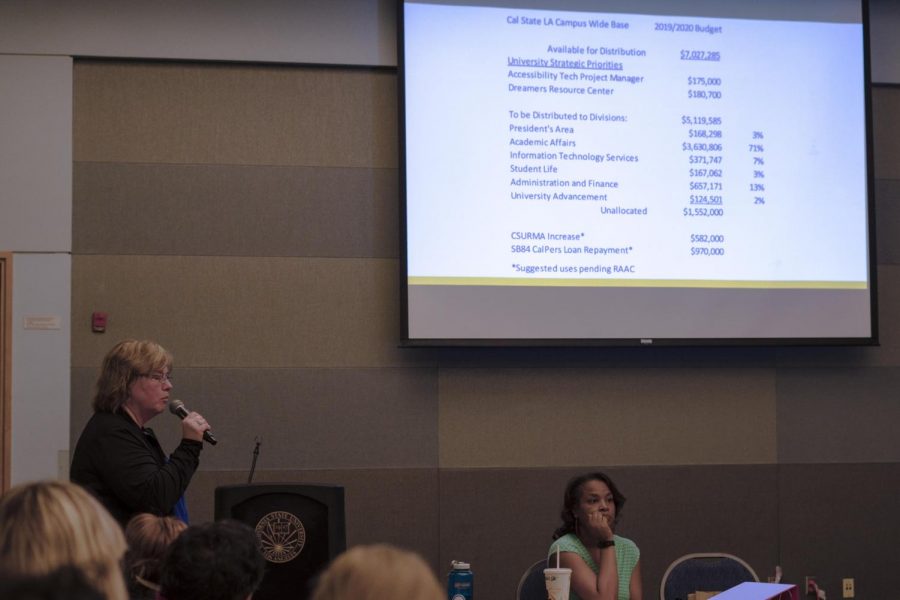

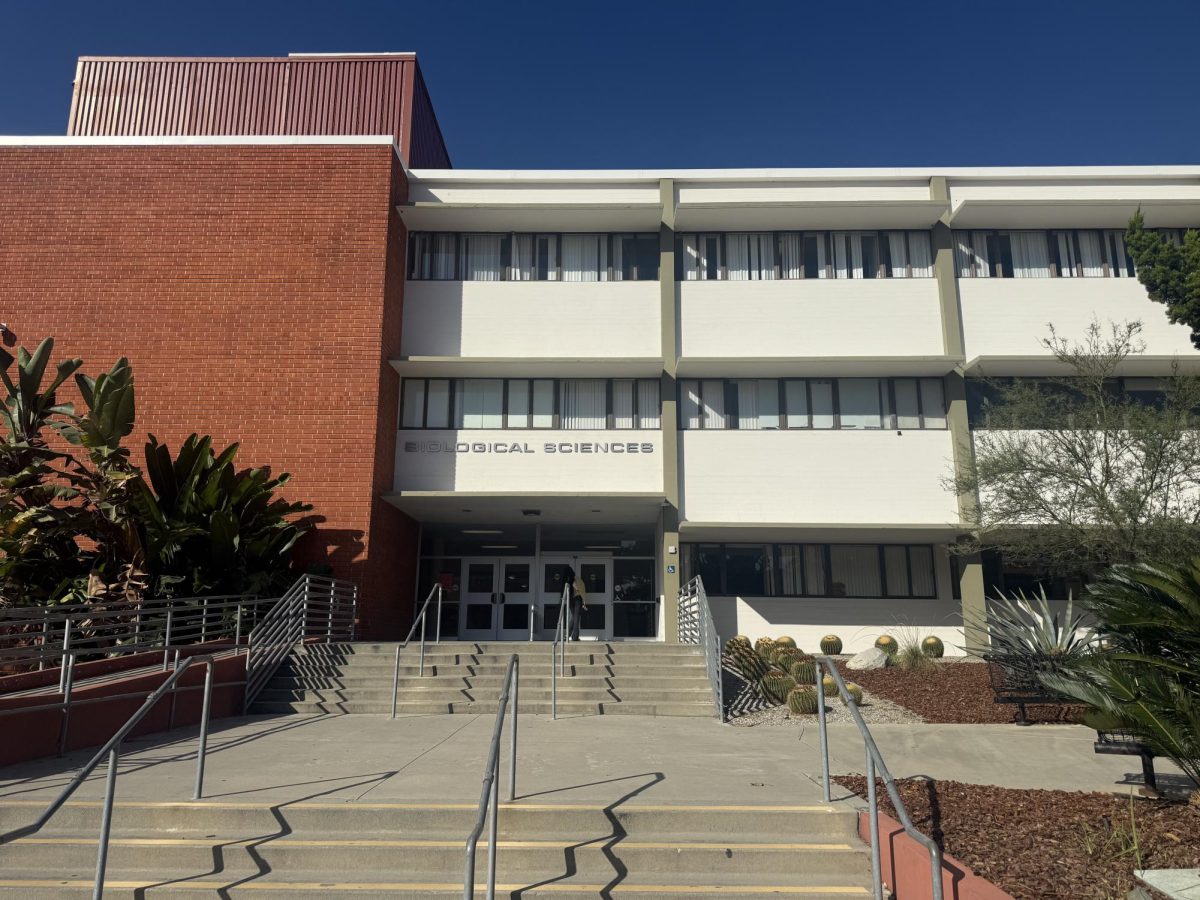
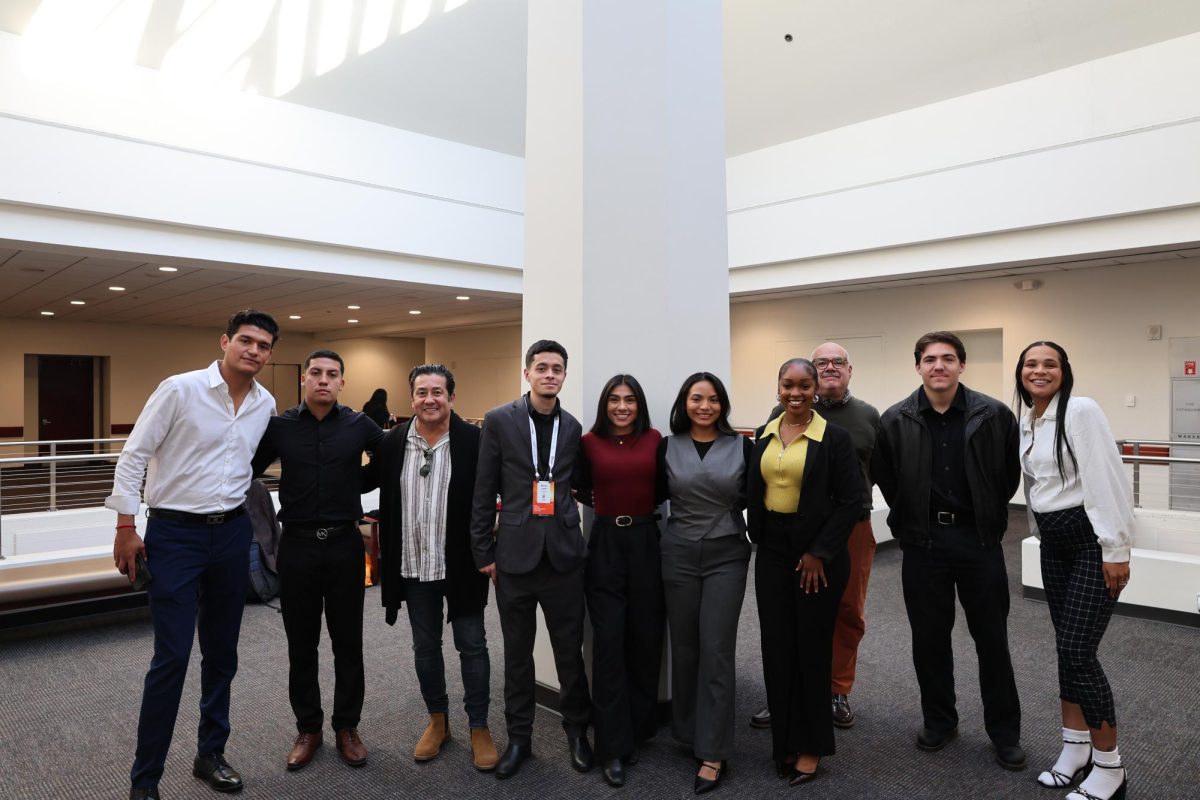
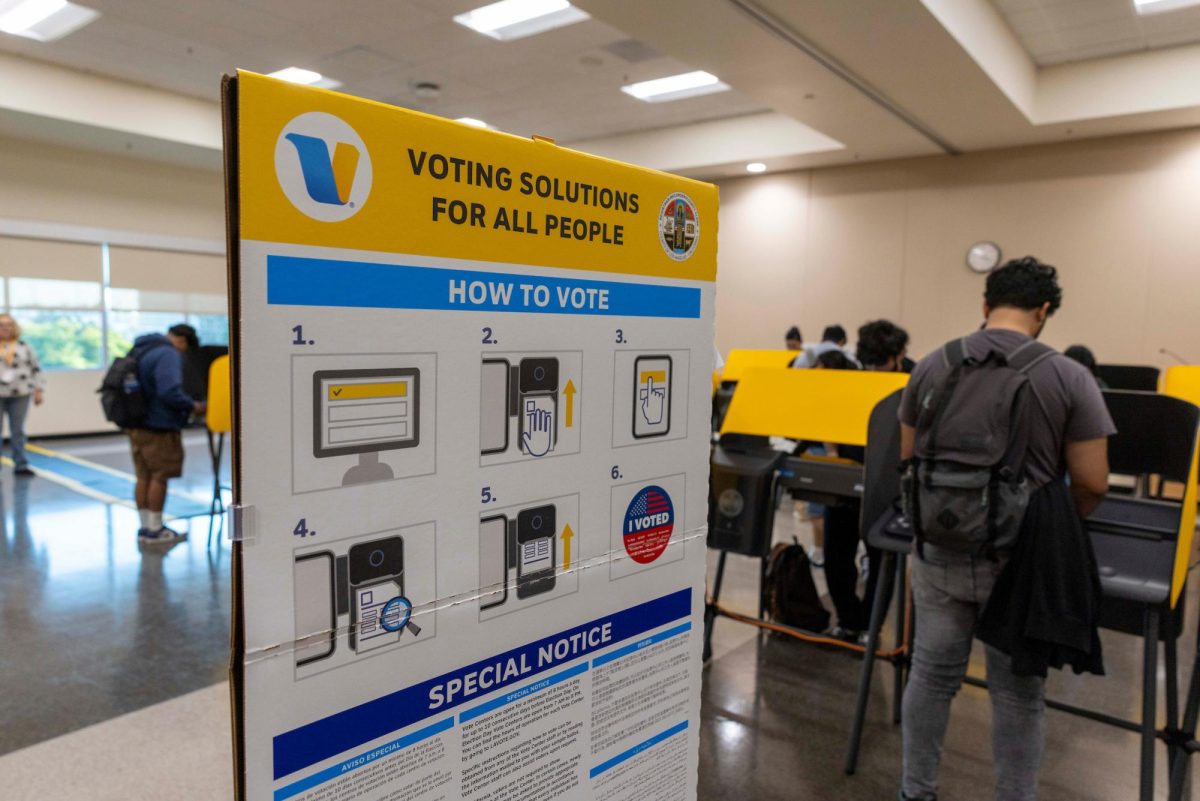
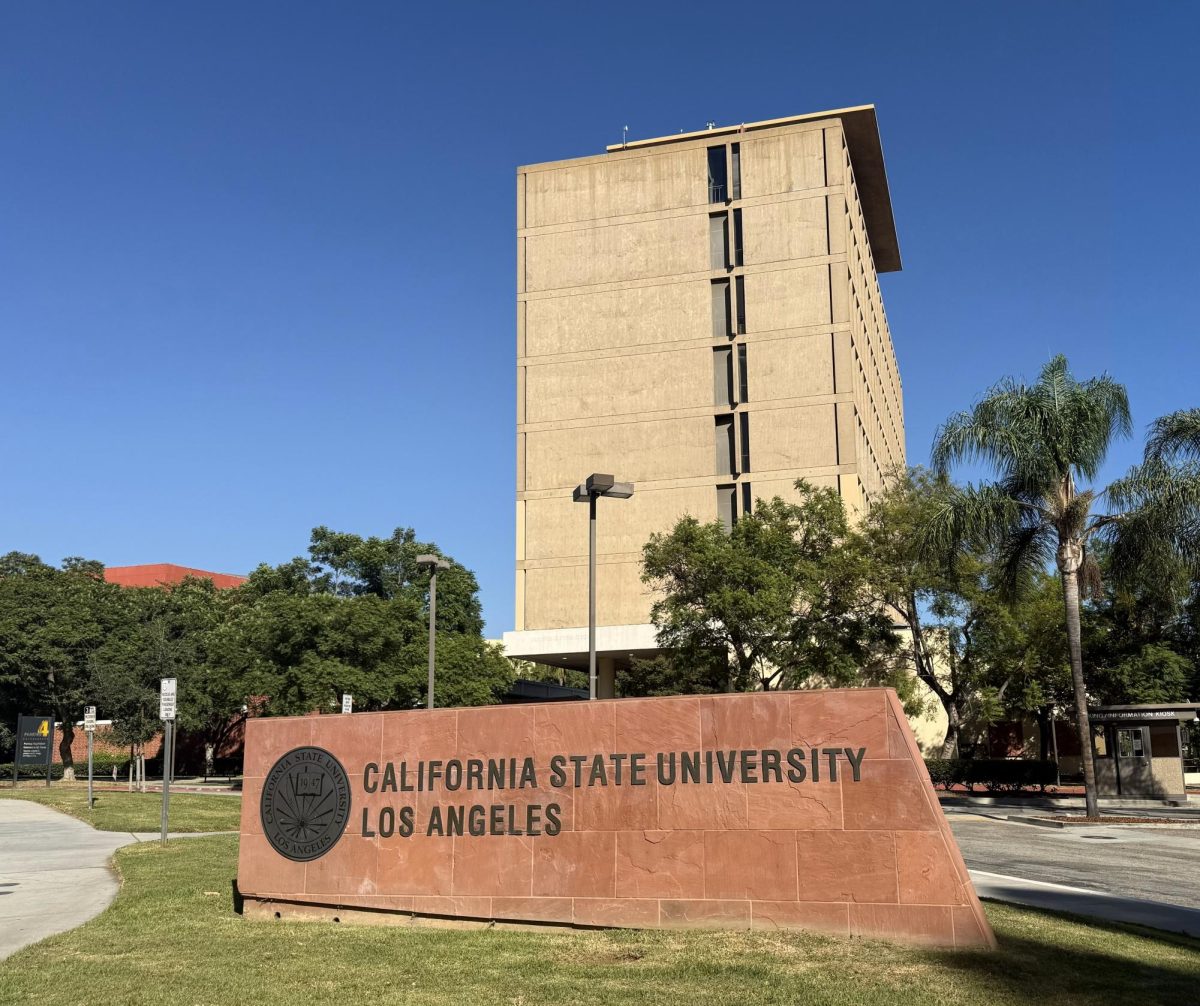
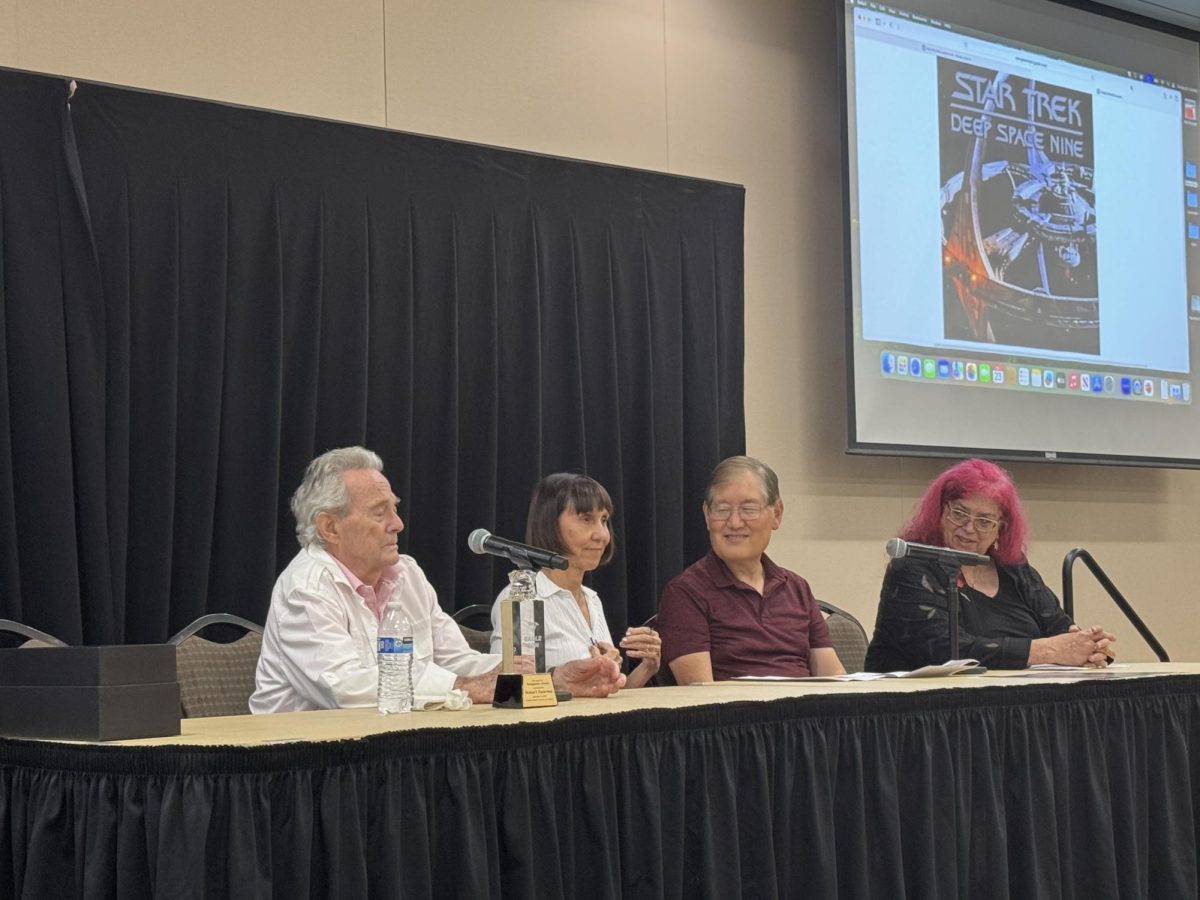
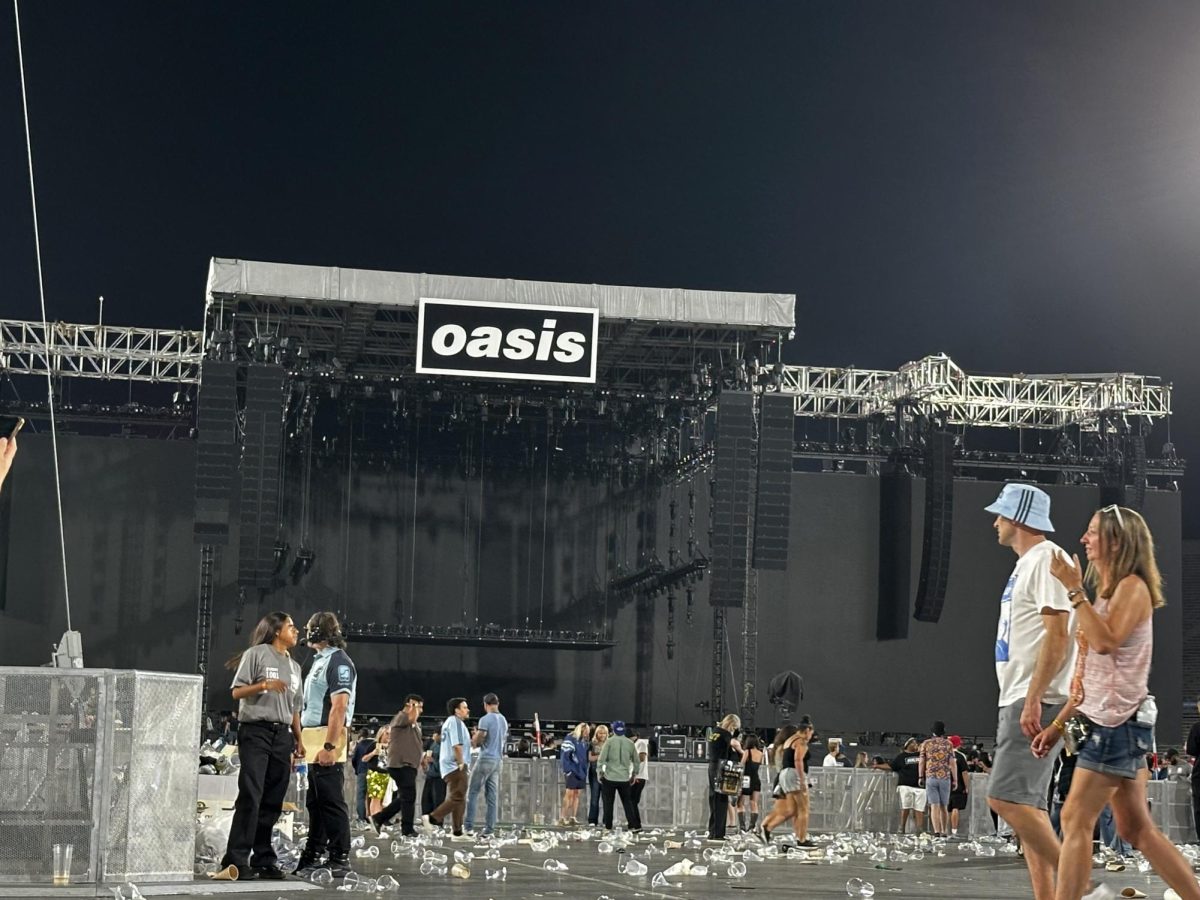







Lily Lu • Oct 2, 2019 at 1:47 am
I’m concerned why there are still asbestos rooms in every building. Why is it still there? Why haven’t we removed it? It is dangerous for everyone’s health.